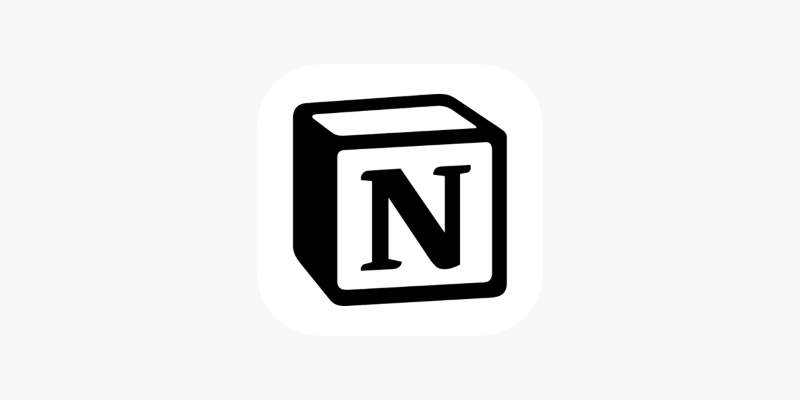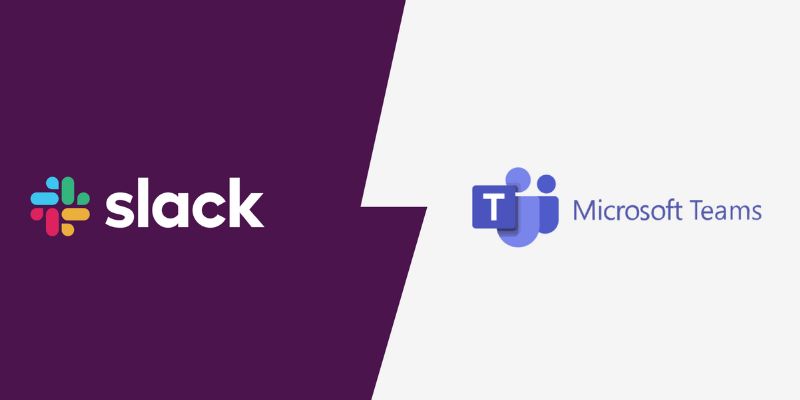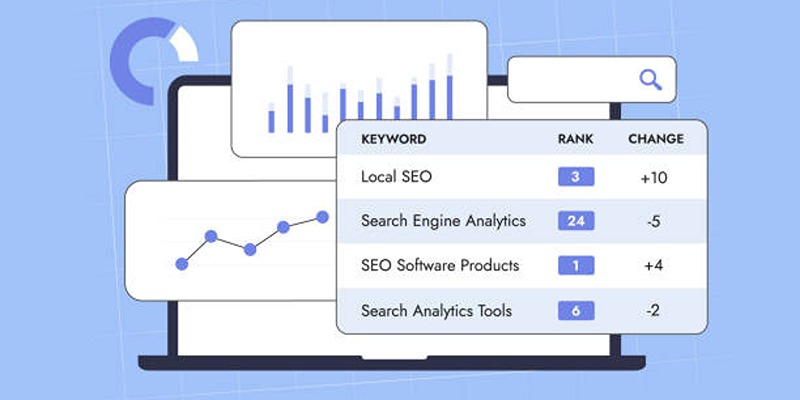The 12 Best Digital Marketing Tools in 2025 to Amplify Your Strategy
Advertisement
Digital marketing never really stands still. One moment, it's all about email automation. Next, people are talking about AI-driven content or zero-click searches. But what doesn't change is the need for tools that make your life easier. That's why we've rounded up some of the most effective digital marketing tools in 2025—not the ones that just look shiny, but the ones that actually help you get things done. You’ll find tools here for managing campaigns, analyzing performance, automating tasks, and even keeping your team on the same page.
Let’s take a closer look at the tools marketers are reaching for this year.
The 10+ Best Digital Marketing Tools in 2025
Surfer SEO – For Writers Who Need Data, Not Guesses
Writers often rely on intuition. But content that ranks doesn't care about how you feel—it cares about structure, keyword placement, and page intent. That's where Surfer SEO comes in. It helps you shape content around what's already working, so you're not writing in the dark. It suggests the word count, keywords, and even how your headings should flow based on what's ranking. If you're writing blog posts or landing pages, it's basically the blueprint you didn't know you needed.
Semrush – Because Spying on Competitors Is Just Smart
Why guess what keywords to go after when you can peek into what's working for your competitors? Semrush gives you detailed data on where your competition is ranking, how much they're spending on ads, and which keywords are bringing them traffic. It's one of those tools that covers a lot—SEO, paid ads, content, and even social media. But most people keep coming back to it for keyword research and tracking. And it still does both really well.
Notion – When Sticky Notes Just Don’t Cut It Anymore

If your team's juggling blog calendars, client briefs, and to-do lists across seven different tools, you'll probably appreciate Notion. It's one of those rare apps that actually adapts to how you work. You can build out databases for content planning, link them with keyword research, assign tasks, and track deadlines. It’s flexible without being chaotic, and once you get the hang of it, you might find yourself organizing your whole life with it.
ChatGPT – For When the Blank Page Feels Personal
Every marketer has stared at a blinking cursor with nothing to say. ChatGPT helps with that. In 2025, it's become more than just a chatbot—it's now a writing assistant, research buddy, and brainstorming partner. You can use it to outline posts, come up with ad headlines, or even tighten up email copy. It's not perfect, but it's fast, and sometimes, that's all you need to break out of a creative rut.
Canva Pro – Still a Favorite, Still Worth It
Quick banners, YouTube thumbnails, Instagram stories—Canvas made them all easier. The Pro version is worth the upgrade if you work with branding because you can save fonts, colors, and templates in one place. In 2025, they've added more animation options and AI-powered tools that can resize designs or remove backgrounds instantly. It's not going to replace a designer, but it'll definitely save them time (and save you money).
Google Analytics 4 – Not Pretty, But Necessary
GA4 has been around for a while now, and in 2025, marketers are finally starting to get used to it. It's less intuitive than Universal Analytics, but it gives you more control over how you track user behavior. The interface isn't winning any design awards, but the event-based model gives you a clearer insight into how people interact with your site. It's especially useful if you're tracking actions beyond just pageviews—like clicks, scrolls, or purchases.
MailerLite – Email Marketing Without the Bulk
Not everyone needs enterprise-level email automation. Sometimes, you just need to send good-looking emails that people actually open. MailerLite does that without making you feel like you're in a software maze. The drag-and-drop editor is clean, the automation tools are simple to set up, and the deliverability rates are solid. If you’re running a small business or newsletter, this is one of the easier options out there.
ClickUp – If You’re Tired of Saying “Who Was Supposed to Do That?”
Projects fall apart when nobody knows what's happening. ClickUp makes it easier to assign, track, and follow through. Unlike tools that only do task lists or only do timelines, ClickUp combines them—so your marketing team can see who’s doing what, when it’s due, and how it connects to everything else. It’s also good for keeping content production, social media, and client requests from turning into a giant mess.
Metricool – For Social Media, You Can Actually Track
Posting on social media without tracking it is like throwing flyers into the wind. Metricool helps you see what’s working, schedule posts, and report results across multiple platforms—from Instagram and LinkedIn to TikTok and Google Business. The interface is smooth, and reports are easy to export for clients or internal check-ins. It doesn’t try to do too much, but what it does do is handle it well.
Hotjar – Because Numbers Don’t Show Frustration

Google Analytics can show you the what, but Hotjar shows you the why. Heatmaps, session recordings, and on-site surveys help you understand how people actually use your site. Are they clicking where they shouldn't? Are they ignoring your call to action? Hotjar lets you see it happen. Once you do, those little tweaks to the layout or copy will make more sense. It's one of those tools you don't need every day—but when you do, it's worth it.
Buffer – Simple Scheduling That Still Works
Sometimes, the most useful tools are the ones that don't overcomplicate things. Buffer is still a solid pick in 2025 for scheduling posts, especially if you're managing a few accounts and just want something lightweight. The analytics aren't as deep as other platforms, but it gets the job done. When it comes to consistency, a tool that works without fuss is better than one that's packed with features you never use.
Clearscope – When Content Needs to Compete
Clearscope works a bit like Surfer SEO but focuses even more on content optimization. It scores your content based on keyword usage, readability, and competitive benchmarks. If your blog strategy involves writing to rank, this tool helps make sure you’re not just publishing words—you’re publishing something that’s actually set up to win in search.
Final Word
You don't need to chase every trend to stay relevant. What you do need are a few reliable tools that fit your style, work with your team, and don't make simple things harder. Whether you're writing blog posts, running paid ads, or managing content calendars, these tools can help you focus more on strategy—and less on clicking through tabs and wondering where that file went.
Use what helps. Skip what doesn’t. That’s pretty much the only rule.
On this page
The 10+ Best Digital Marketing Tools in 2025 Surfer SEO – For Writers Who Need Data, Not Guesses Semrush – Because Spying on Competitors Is Just Smart Notion – When Sticky Notes Just Don’t Cut It Anymore ChatGPT – For When the Blank Page Feels Personal Canva Pro – Still a Favorite, Still Worth It Google Analytics 4 – Not Pretty, But Necessary MailerLite – Email Marketing Without the Bulk ClickUp – If You’re Tired of Saying “Who Was Supposed to Do That?” Metricool – For Social Media, You Can Actually Track Hotjar – Because Numbers Don’t Show Frustration Buffer – Simple Scheduling That Still Works Clearscope – When Content Needs to Compete Final WordAdvertisement
Related Articles

The Best AI Chatbots in 2025 to Power Conversations and Save Time

The Tool Debate: Browser-Based or Installed

March postmarketOS Update Brings GNOME 48 and COSMIC Integration

Proton Mail vs. Gmail: Which is the Best Email Service for You

Slack vs. Teams: Which Should Your Business Use for Better Collaboration

The 7 Best PDF Editor Apps in 2025 for Clean, Hassle-Free Document Control

The 6 Best Pomodoro Timer Apps in 2025 for Maximum Focus and Productivity

The 8 Best AI Sales Assistant Software in 2025 to Boost Your Pipeline

The Best Enterprise Project Management Software in 2025 to Keep Everything on Track

The Ultimate Guide to Linking Google Forms with Google Docs Templates

The Best Large Language Models in 2025 That Are Changing How We Work

 lameuplay
lameuplay